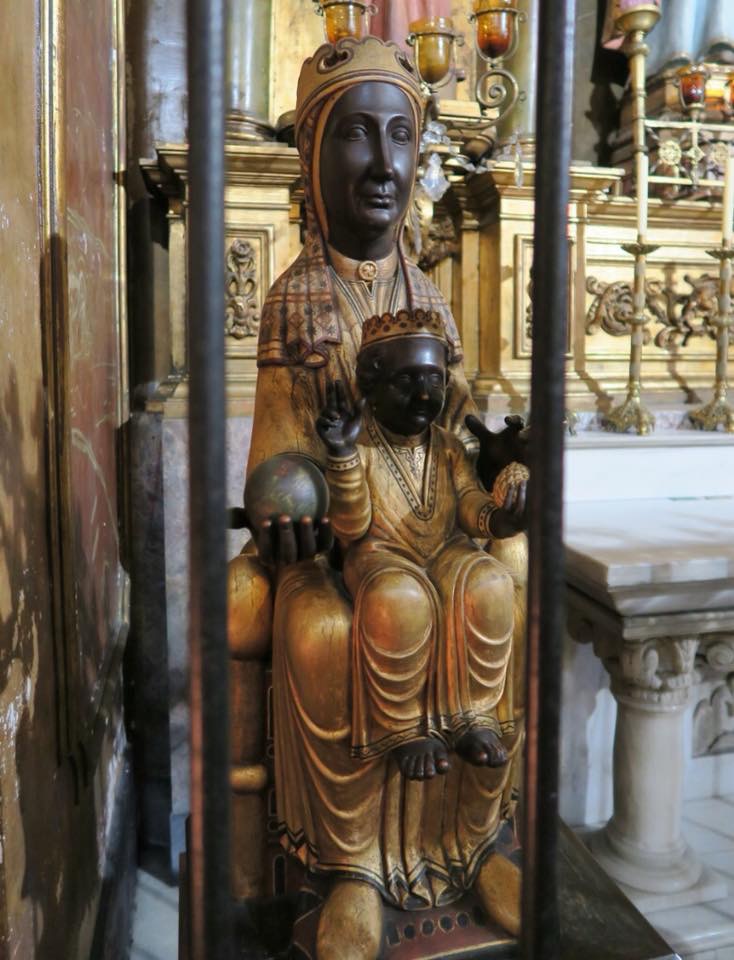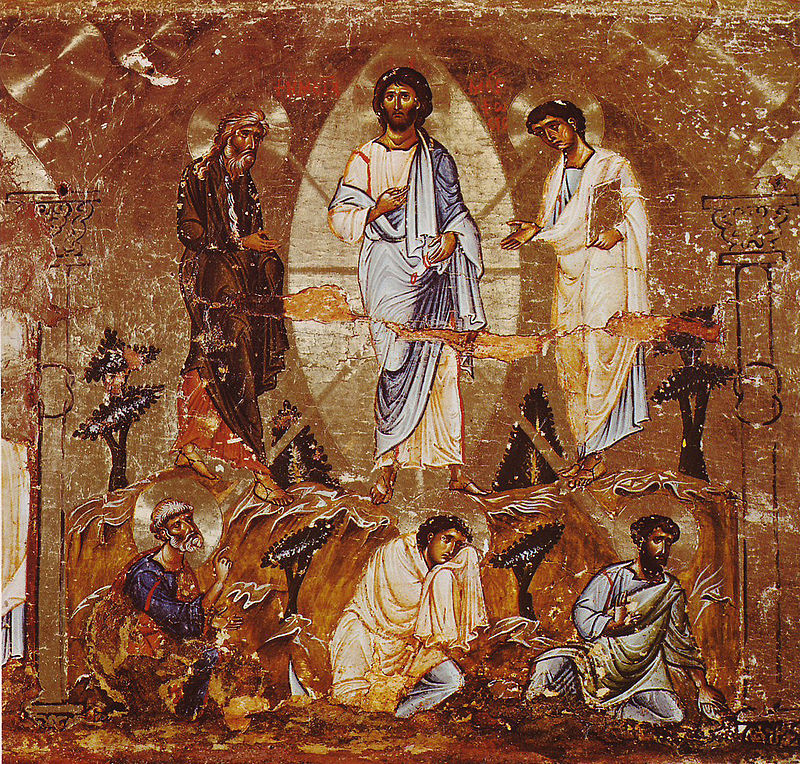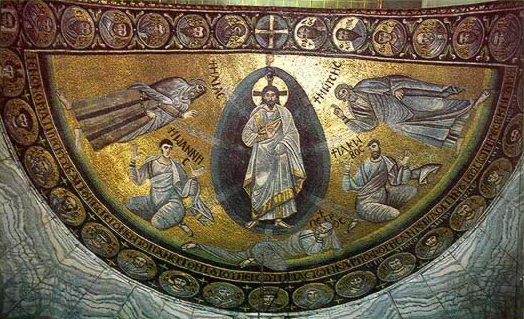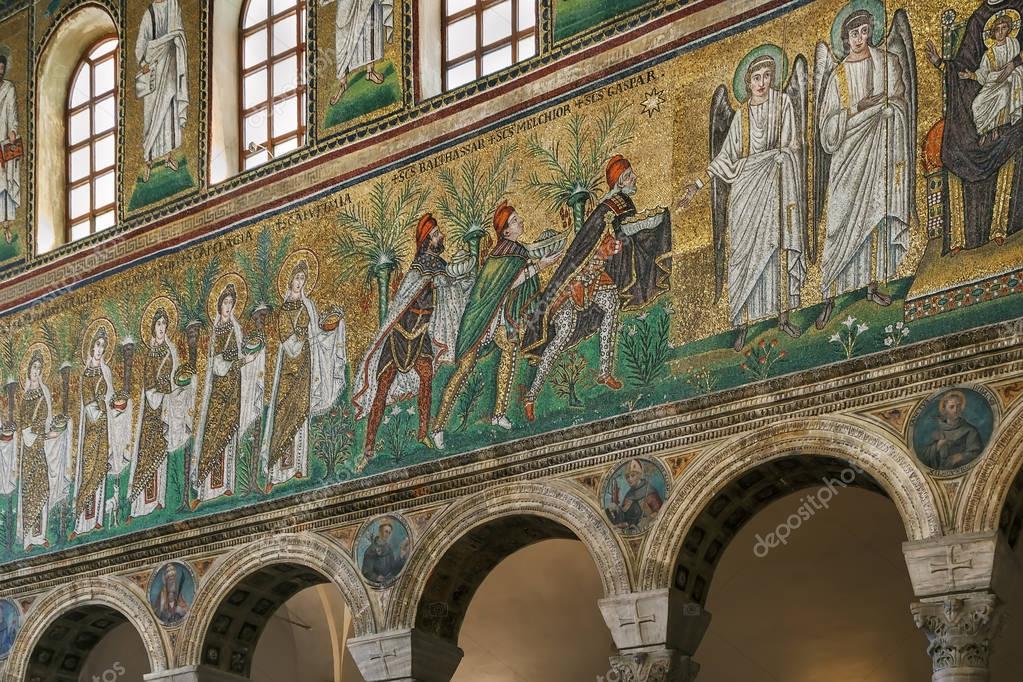
“Do not gaze at me because I am swarthy, because the sun has scorched me,” protests the bride in the Song of Songs (1:5). St. Bernard of Clairvaux–in his sermons on the Song–interprets this swarthiness caused by the scorching sun, as the virtue that comes as the result of hard work and effort. It is also the swarthiness that “is caused by the heat of persecution…. the zeal for what is right…. to be on fire with fraternal love, to weep with those who weep, to rejoice with those who rejoice, to be weak with those who are weak.” St. Bernard tells us, Just like the burning sun therefore, the ardor of desire [for both God and neighbor] darkens her complexion while still a pilgrim in the body….”
She who loves God most ardently and is most burnt by her ardor for God and neighbor is identified by the tradition of the Church as Mary, the Mother of God. She is burnt by the burning sun but, like the burning bush, not consumed by the flame of the Divine. She is zealous for what is right while rejoicing and weeping with those who rejoice and weep. One of the most popular images of the Mother of God as swarthy lover of God is Our Lady of Montserrat.
The image is one of the Black Madonnas of Europe, hence its familiar Catalan name, La Moreneta (“the little dark-skinned one” or “the little dark one”). Believed by some to have been carved in Jerusalem in the early days of the Church, it is more likely a Romanesque sculpture in wood from the late 12th century.
Legend has it that the monastic community that developed on the mountain could not move the statue to construct the monastery, choosing to instead build around it. The statue’s sanctuary is located at the rear of the chapel, where an altar of gold surrounds the icon, and is now a site of pilgrimage.
The hymn to the Virgin of Montserrat, known as “el Virolai” and sung at noon each day by the Escolania de Montserratboys’ choir, begins with the words: “Rosa d’abril, Morena de la serra…” (Rose of April, dark-skinned lady of the mountain…). Therefore, this image of the Mother of God is sometimes also known as the “Rosa d’abril” as her feast is kept on April 27.




